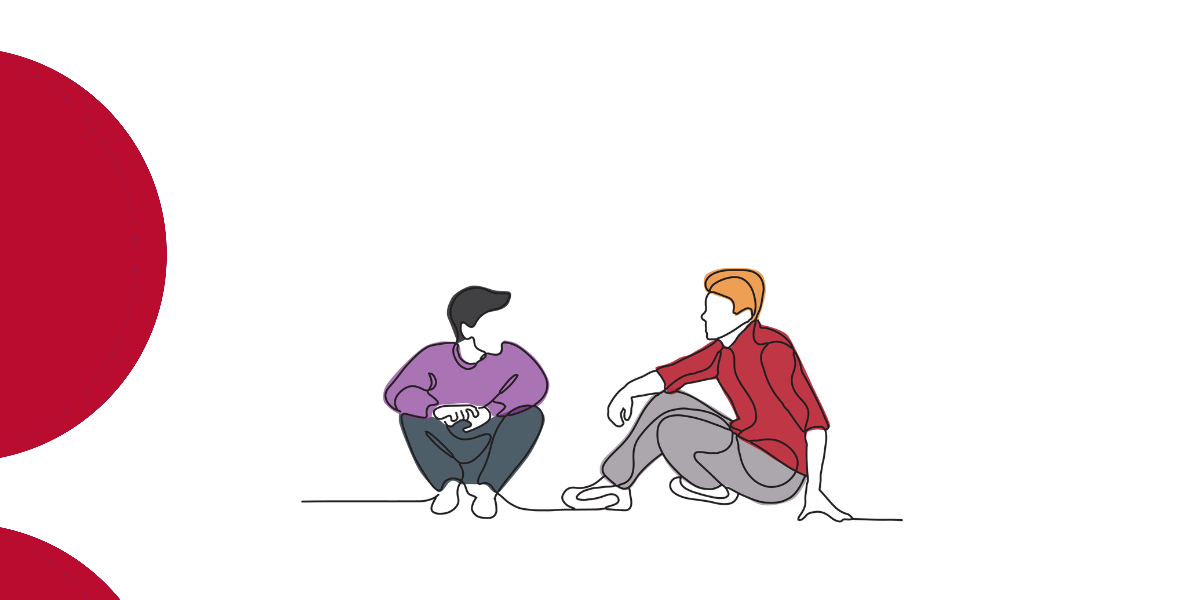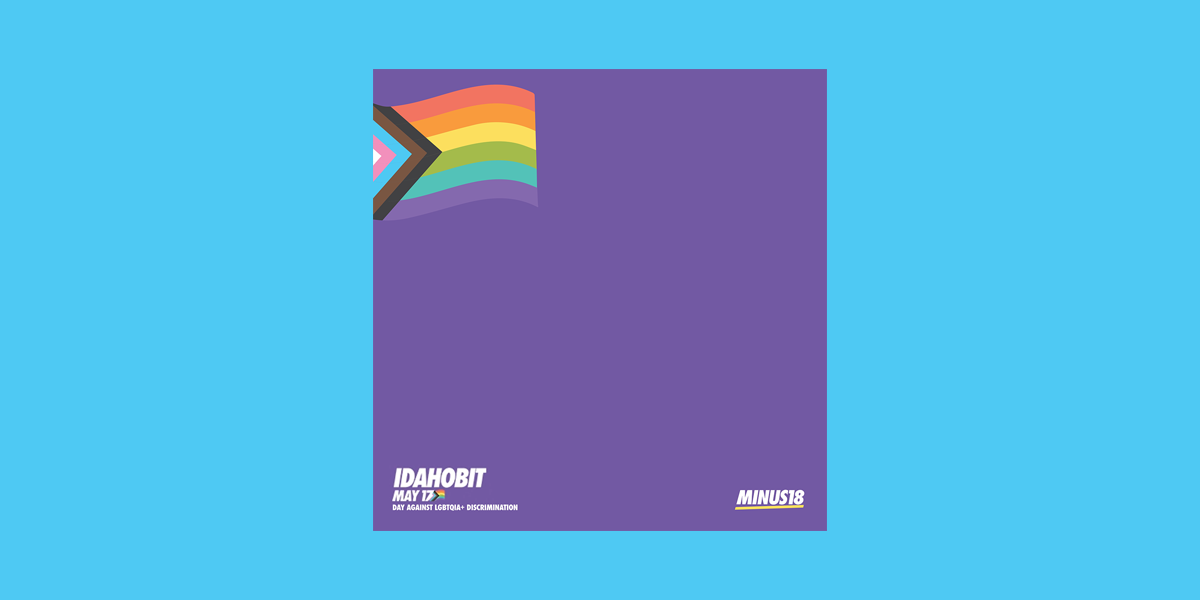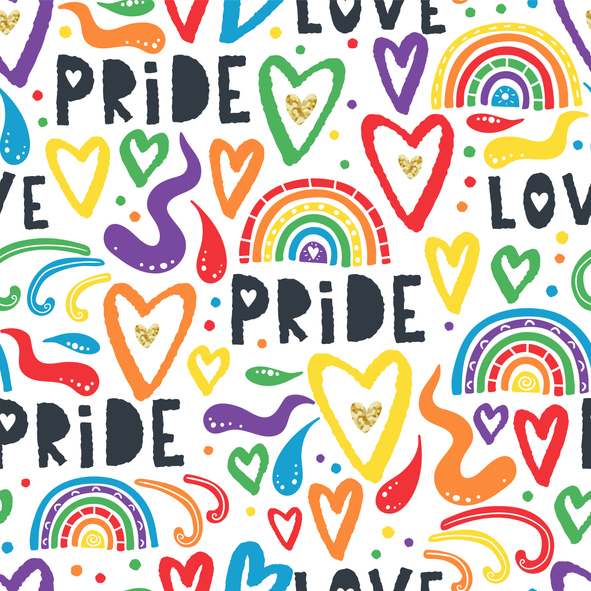Supporting LGTBQIA+ Young People in Care to Explore Identity
Nov 2022
Written by Billy Black
In this month’s Community of Practice workshop, we explored the additional challenges that LGBTQIA+ young people face in care, reflecting on how to provide a secure base in care and environment for exploring self-identity safely. This month’s group dialled in from almost all Australian states and territories, providing perspectives from a variety of professional roles in residential and foster care which made for lively and thoughtful discussion.
As we unpacked the many facets of identity: gender, gender expression, sex physiology, and sexual and romantic attraction, the group reflected that every young person’s identity is far more complex that we can truly understand in the short time that we interact with them. Unfortunately, the systems and services supporting young people in care are built on inaccurate and simplistic assumptions of gender identity and sexuality, attitudes that are mirrored in our broader communities.
LGBTQIA+ young people in care experience discrimination not only due to their care experience but also their non-normative identities. We are seeing in current research projects that connection to community is a critical factor for young people transitioning smoothly to secure adulthoods. However, with multiple marginalised identities come multiple opportunities to be Othered by the community. This highlights how important it is that carers and professionals support children to safely explore who they are so they may know their story and feel that story “belongs” with pride of place in their community.
Our group reflected that young people in care often face “well-meaning homophobia” as negligent ignorance, rather than malicious bigotry. Staff and carers may be afraid to dive into identity with young people for fear of getting it wrong, straying too far into private territory, or promoting behaviours that could be safely exploratory or unsafely connected to trauma. The group talked about staff who feel unsure how to respond to expressions of identity that may be impacted by experiences of abuse, cultural backgrounds, disabilities, and other additional layers of identity.
On the other hand, malicious bigotry is not an erased issue and remains a safety threat to children in care. Some group members referred to carers and even school principals who “don’t believe in that stuff”, with one needing to fight for a child to be allowed to wear their preferred gender section of school uniform. Another participant reflected on some foster carers who worried about supporting a child’s gender expression they knew would strongly conflict with the birth family’s beliefs.
Home and school are the two primary spaces where children and young people receive and interpret adult communication, learn, and connect with others. We know that unsupportive schools and carers interfere with children’s healing processes, but LGBTQIA+ young people are at even greater risk for impaired self-worth and further disconnection from peers.
These discussions highlight the need for adults to be strong advocates who will intervene when environments are unsafe and will actively create safe environments, by considering how young people perceive the language and environment and feel safe in the space. Our group gave some examples of incorporating diversity flags into the service and offering their own pronouns as an invitation for young people to choose theirs. Some reflected on the lack of clear policies, training, and funds to support LGBTQIA+ young people in their practice, underlining the urgent need for progress at a systems level.
LGBTQIA+ young people have better access to online education and opportunity to explore gender and sexuality than ever before, so organisations and adults must educate themselves ahead of time to be able to support them through this complex journey. Young people with multiple stigmatised identities need adults who will double their efforts to connect them to community, both by finding communities that embrace young people as they are, as well as supporting their skills to create and maintain those connections.
 |
Further learning: |
| Read the full research brief: The needs of LGBTIQ young people in out of home care | |
| Research paper: Minority stress for care experienced young Queer people: A case study | |
| Research paper: Predicting after-care outcomes: The importance of felt security | |
| More on the Secure Base model | |
| Creating Authentic Spaces Toolkit: Creating a welcoming environment | |
| LaTrobe report: Writing Themselves in 4 | |




